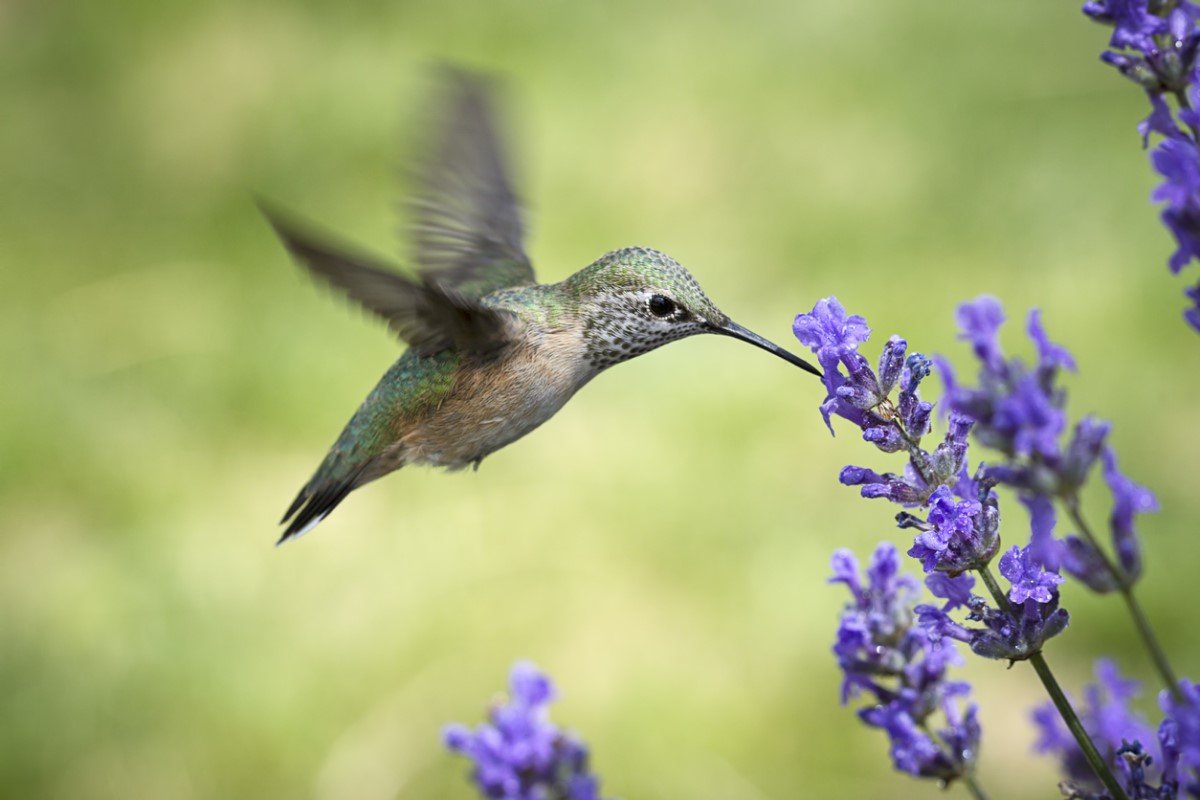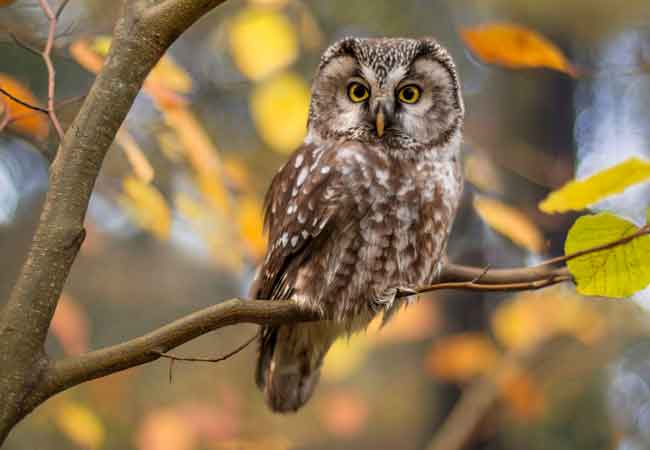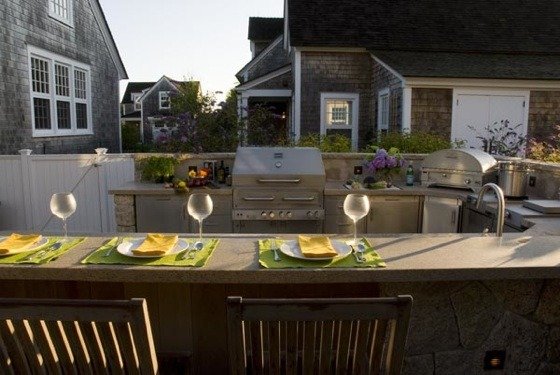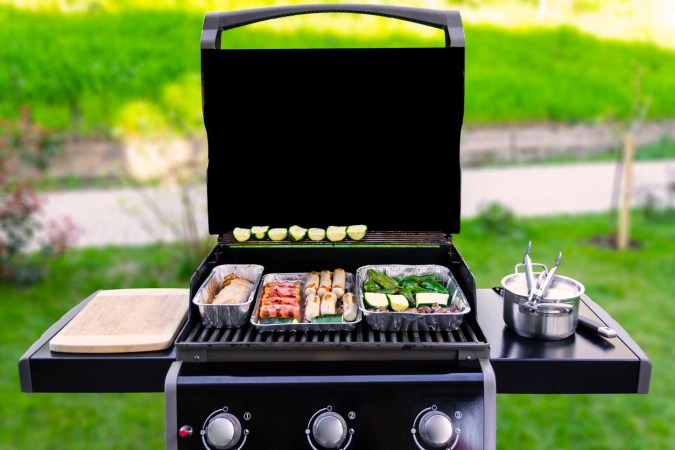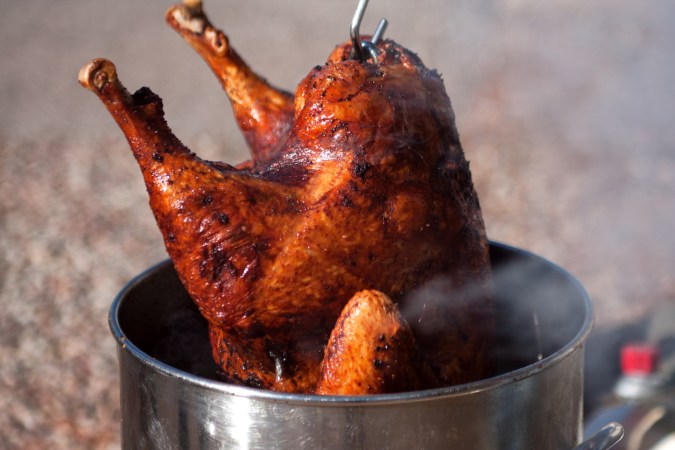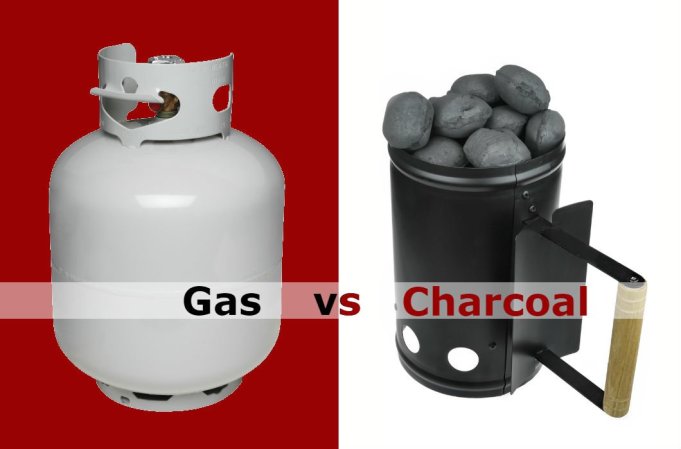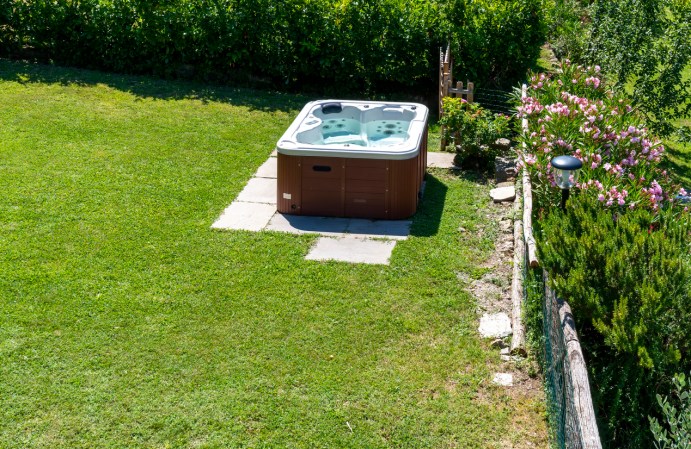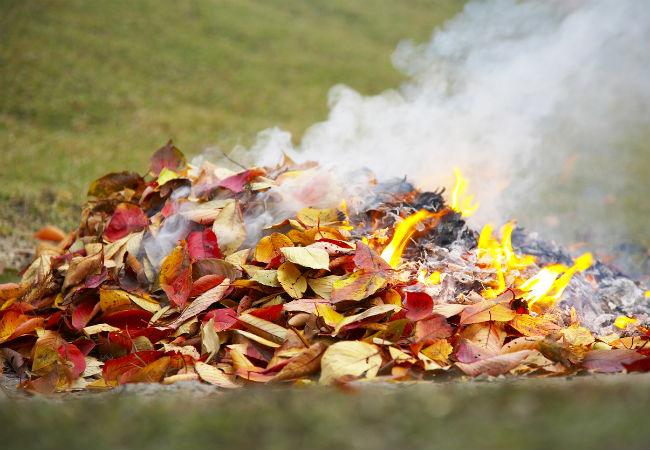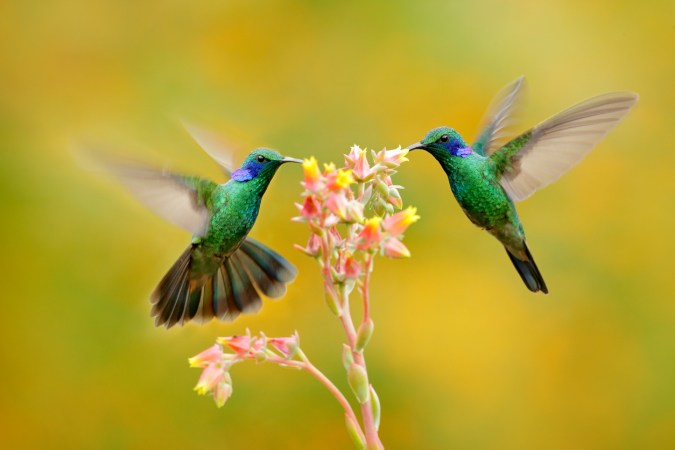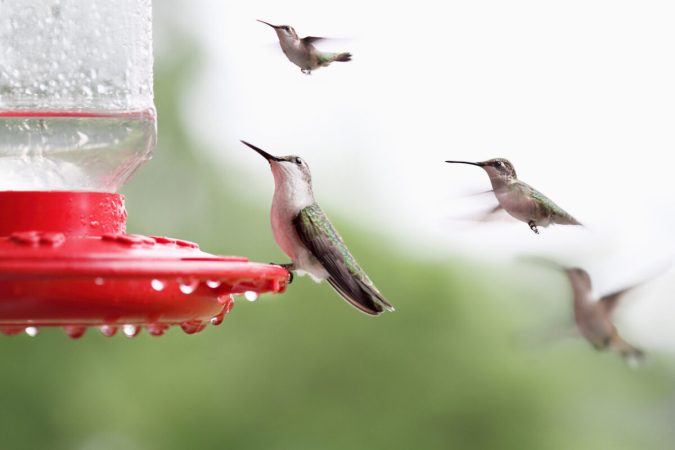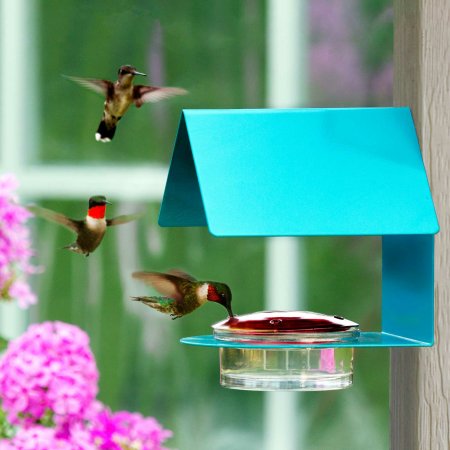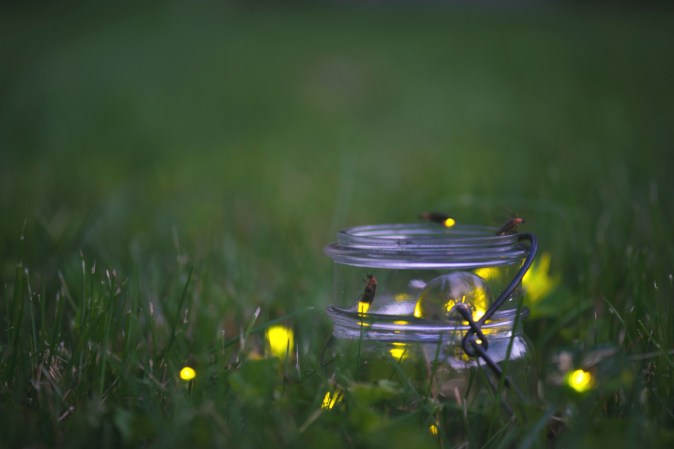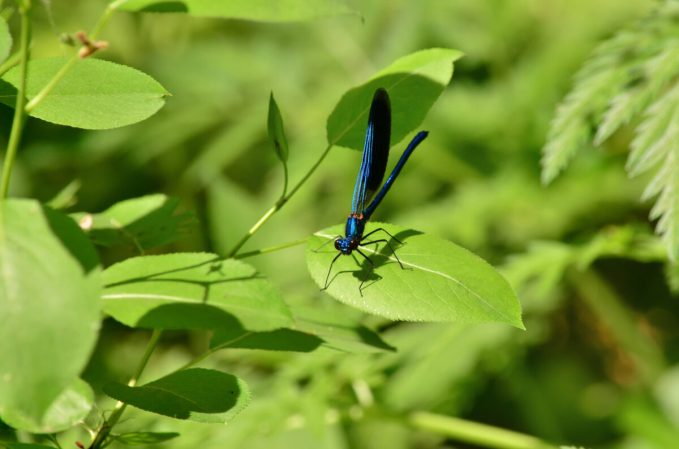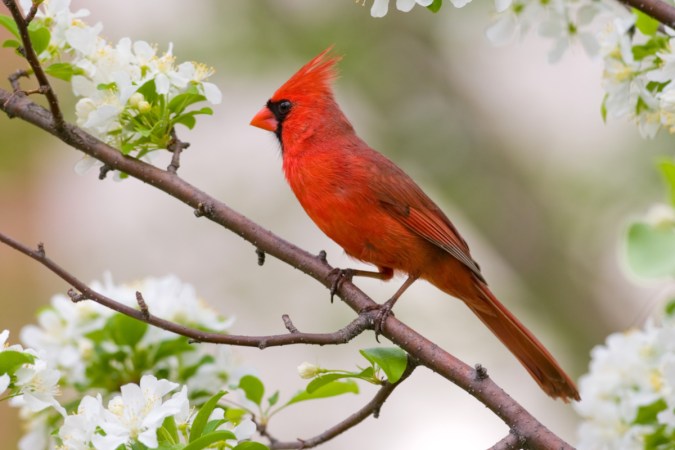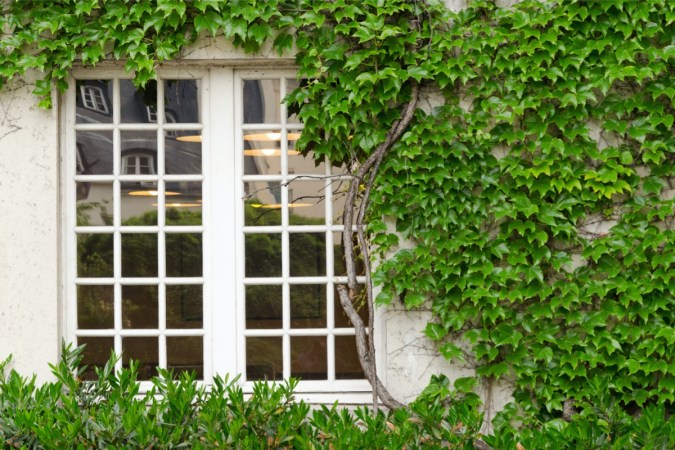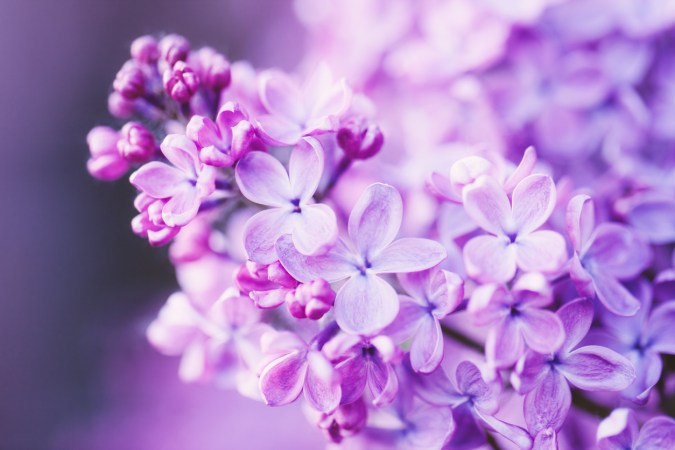We may earn revenue from the products available on this page and participate in affiliate programs. Learn More ›
With iridescent wings that catch the light as they flit between flowers, hummingbirds have earned their nickname of “flying jewels.” There are more than 300 species of these migratory winged wonders, 12 of which summer in North America and winter in tropical areas. Even if they aren’t common in your area, you can tempt hummers into your yard with the strategies outlined here. And you should!
Not merely a joy to behold, hummingbirds—so-called for the buzzing created by their wings beating in a figure-eight pattern 80 times per second—are a boon to gardeners because they pollinate as they feed, just like bees. So follow this guide on how to attract hummingbirds to an irresistible garden, and then sit back and enjoy the show.
RELATED: Pro Tips: 5 Ways to Bring Songbirds to Your Backyard
1. Grow plants that attract hummingbirds.
Hummingbirds feed on tree sap, insects, pollen, and—their favorite dish—the nectar of flowers. The best first step to luring them to your property is to transform your garden into a veritable smorgasbord. While it’s true that they’re partial to the color red and appreciate tubular shapes that discourage insects yet seem tailor-made for the hummers’ long, tapered bills, they’ll dip into any nectar-producing bloom.
Among those favorite nectar givers are the flowers of geranium, begonia, hollyhock, petunia, azalea, butterfly bush, honeysuckle, weigela, morning glory, and tulip poplar. Plant some of these species that are suited to your USDA hardiness zone, and you’ll hopefully host hummingbirds in abundance. Another good idea is to ask local native plant societies and master gardener groups for advice on which native shrubs and flowers feed local insects, and add those plants to your hummingbird garden.
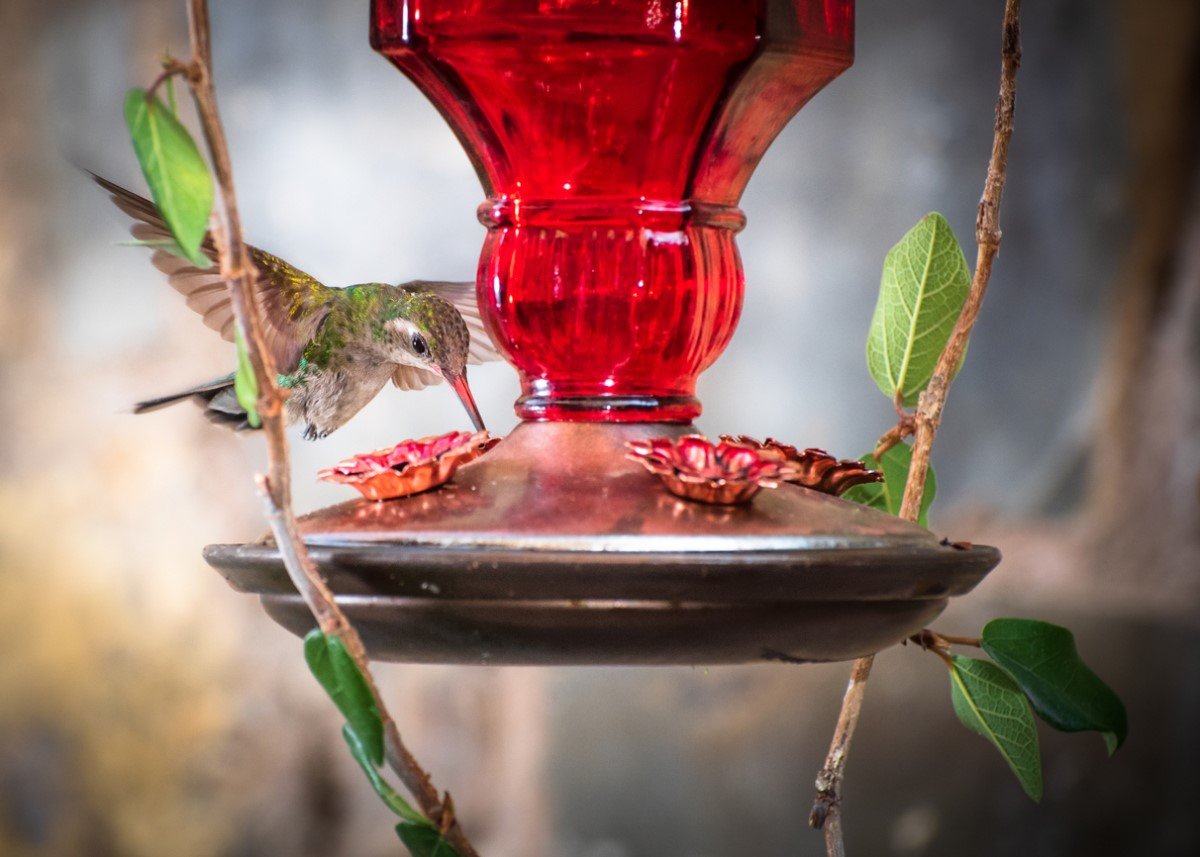
2. Fill hanging feeders with nectar.
Amp up the flower factor with a feeder! Available in hardware stores, discount stores and from online merchants, hummingbird feeders come in a range of designs and price points. All feature a reservoir for nectar and ports for hummingbirds to drink from, as seen in this red 10-port option from First Nature.
Hang the feeder in a quiet spot close to the plants and flowers these feathered fairies already enjoy, but not in a spot that’s so lush or leafy that it obscures your viewing pleasure. You’ll also want easy access to the feeder for cleaning and refilling.
To make your own hummingbird nectar, bring one part white sugar to four parts water to a boil, stirring until the sugar dissolves completely. Allow the solution to cool to room temperature before pouring it into the feeder. Store any leftover nectar in a sealed container in the refrigerator for up to a week. Be sure to take the feeder down at least once a week to clean it with mild detergent and water. An untended feeder is bound to grow bacteria that could potentially harm birds.
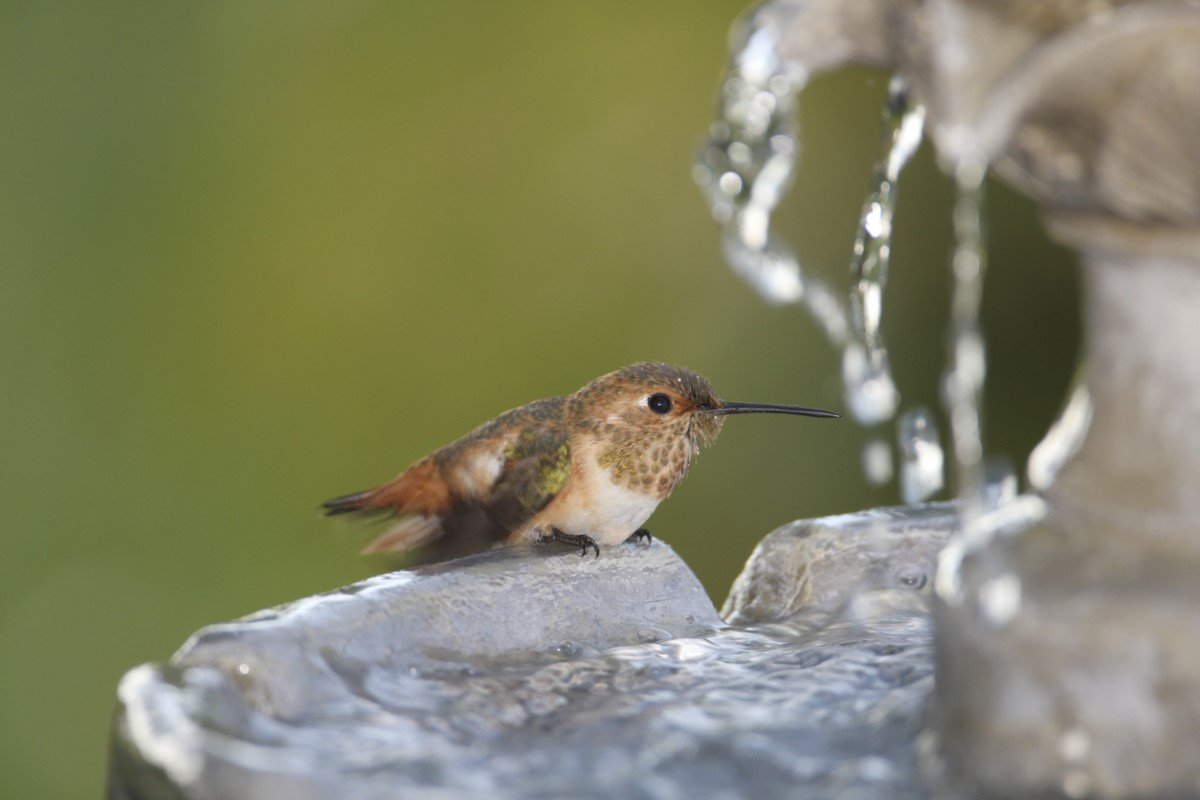
3. Provide water and respite for hummingbirds.
In addition to nectar, hummingbirds need plain water to drink and to bathe in. Bird baths are not recommended because the water is stagnant and deep. But a gently moving waterfall feature or a mister can act as a heavenly hummingbird spa. You might even catch them whizzing through your sprinklers for a quick shower on the fly.
Once wet, hummers may actually perch on a nearby branch to preen and rest (it’s tiring to keep wings beating so fast for so long!). If you have no trees or shrubs that offer perfect perching, simply stick a dead branch into the ground about 50 feet from your hummingbird feeder or planting area.
4. Make your yard a hospitable place for hummingbirds to nest.
Hummers won’t occupy a birdhouse or nesting box. Instead, they build their nests in trees and shrubs with twigs, leaves, plant fibers, and other natural materials, all bound together ingeniously with spider silk. So don’t be so quick to chase spiders from your property; their webs provide this necessary material. Hummingbirds will also eat spiders, as well as small insects and larvae, for a source of protein, fat, and salt.
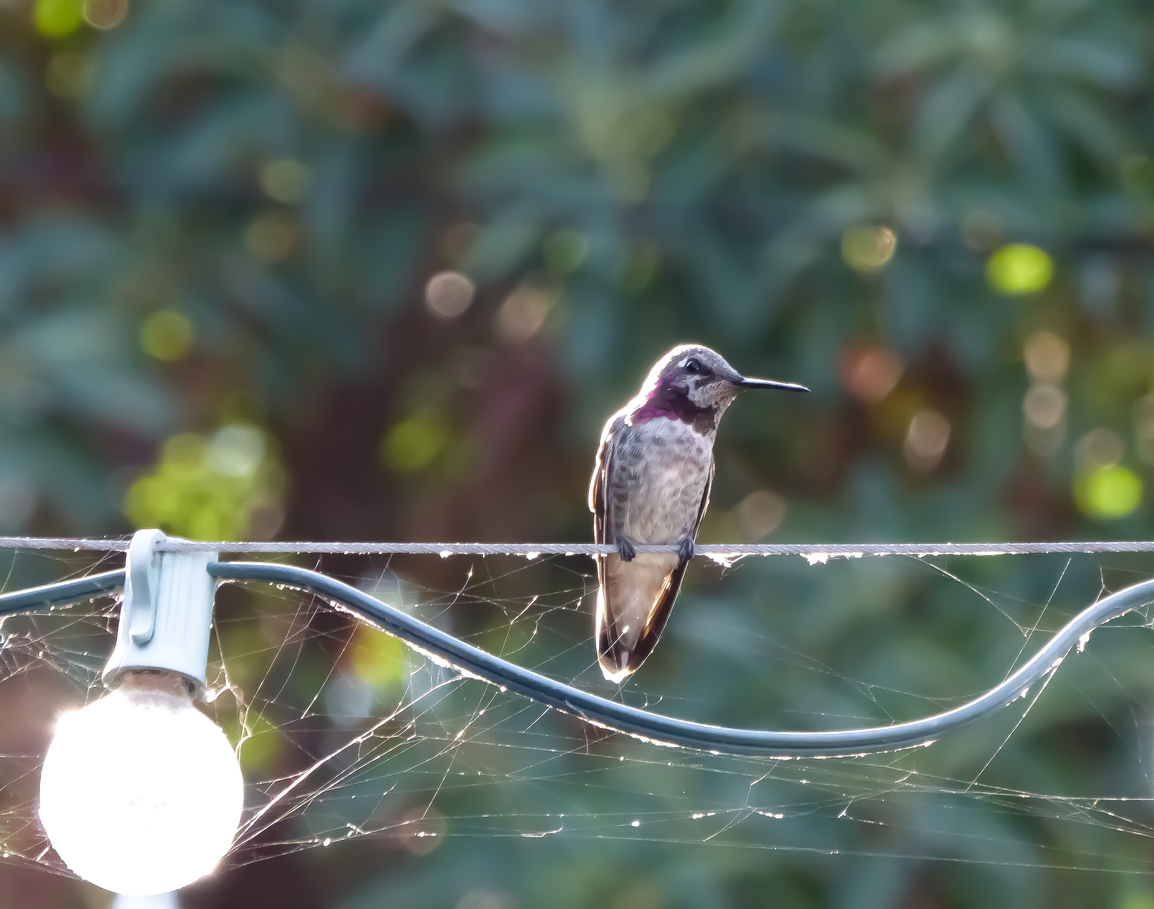
5. Keep your plants healthy and blooming all season long.
It’s not enough just to plant the flowers hummingbirds love. You also need to tend to your garden to keep it hummer-appealing for as long as the little buzzers are still in the neighborhood. Make sure you have continuous blooms in your yard, with plants like azaleas, columbine, butterfly bush, and trumpet vine providing color from early spring through fall. To keep those flowers coming, be diligent about deadheading.
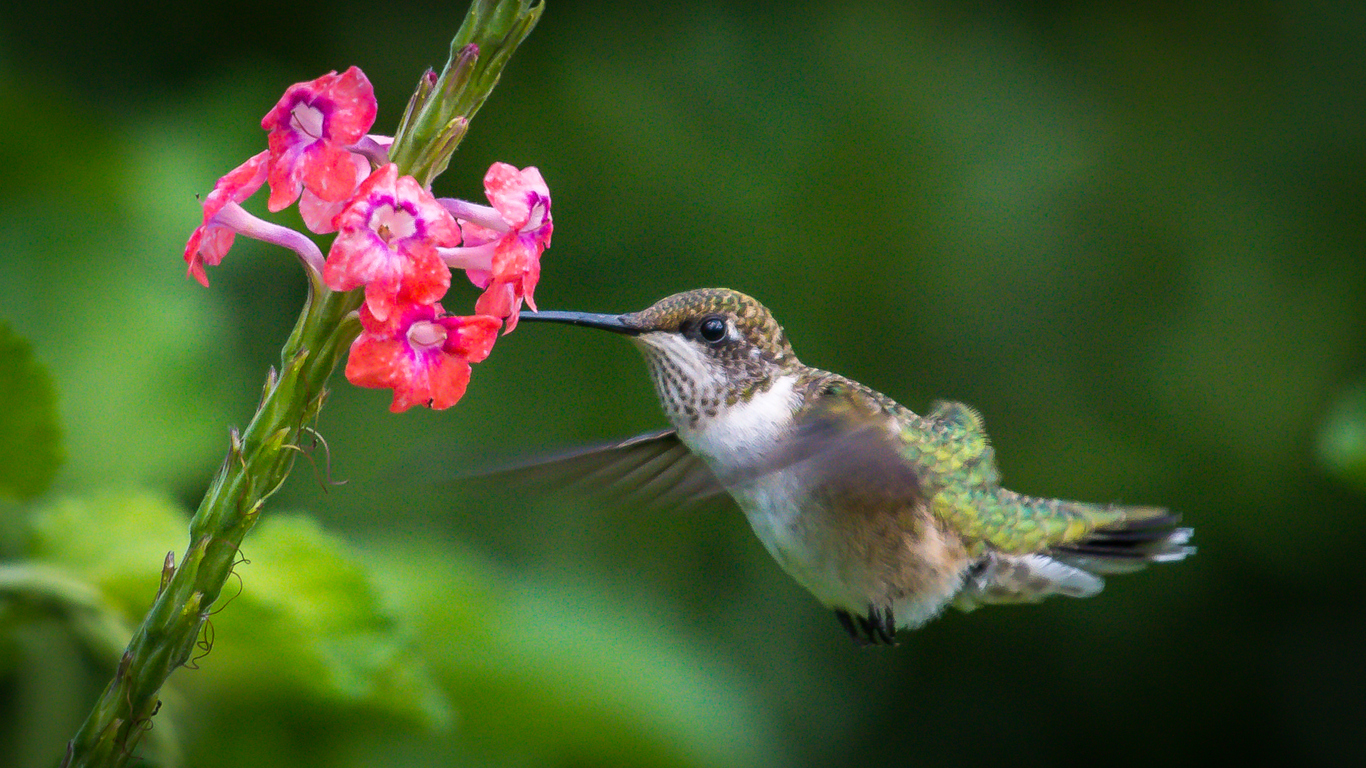
6. Deck the yard out in bright streamers.
It’s well known that hummingbirds are attracted to bright flowers. Use their preferences to your advantage by tying red or orange plastic ribbon to trees and shrubs on your property. When hummingbirds fly by to check out the flapping flashes of color, maybe they’ll notice the welcoming spread you’ve laid out for them and decide to stick around.
